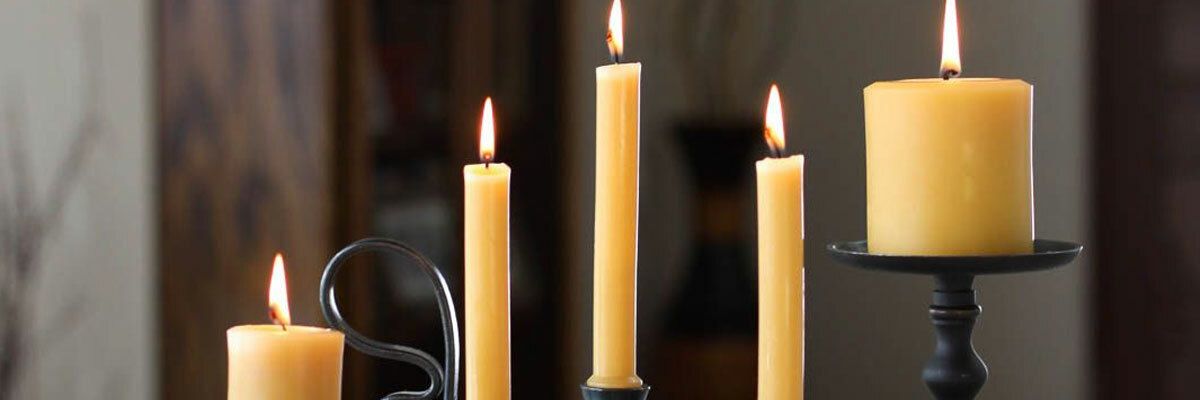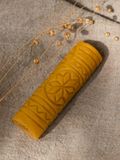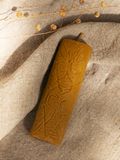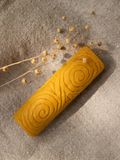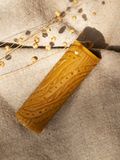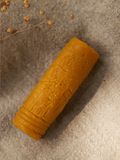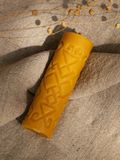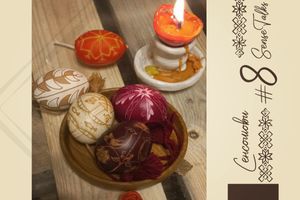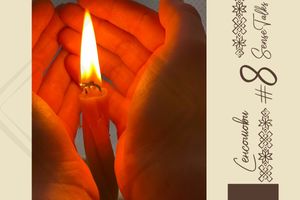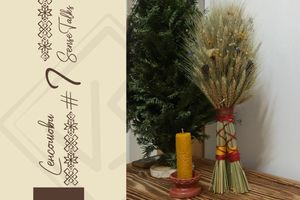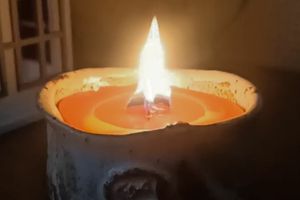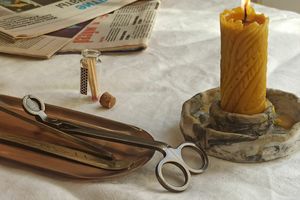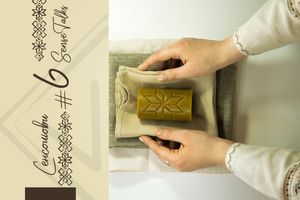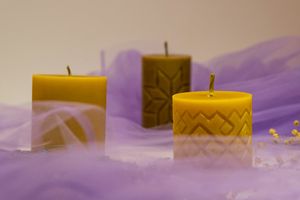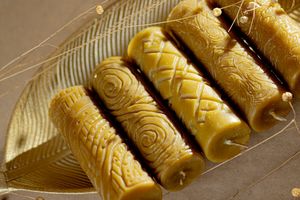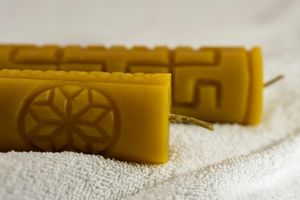Tomorrow is a holiday 😊😉 - International Candlestick Day. The holiday itself is much less old than the craft. After all, Candlemaking is the art of making candles that has been around for 3,000 to 5,000 years, according to various estimates. The earliest use of candles is often attributed to the ancient Egyptians, who made reed lamps or torches by soaking reed cores in melted animal fat. However, the lanterns did not have a wick like the True Candle.
The history of the development of candle making is worth a separate post. When, how and from what were the actual candles made. Let's just say that various types of raw materials were used to make candles, including plant and animal waxes, insect waxes and, according to the GPT chat, even wax extracted from lead ore.
Most early Western cultures relied primarily on candles made from animal fat (tallow). A significant improvement occurred in the Middle Ages, when beeswax candles appeared in Europe. Unlike animal fat, beeswax burned cleanly and cleanly without producing a smoky flame. It also gave off a nice, sweet smell, rather than the disgusting, acrid smell of lard. Beeswax candles were widely used for church ceremonies, but because they were expensive, few except the wealthy could afford to burn them in their homes.
In our studio, we work specifically with beeswax, because we consider it the best material for candles due to its properties.
In Ukraine, the country of beekeeping, the production of wax was one of the most profitable businesses, and the market for this product was all of Europe.
Beeswax candles have always been the most expensive, so they were used for festive events, church celebrations and religious ceremonies. Candles made of animal fat were used for everyday use.
Around the 13th century, candle making became a craft. Candlemakers united in Guilds. The production of candles in the cities was very strictly regulated by licenses and taxes. It was forbidden to make candles without being a member of the guild of candlemakers.
At the same time, home-made candle making was quite common in the villages, largely due to needlework.
And if in the cities the most common way of making candles was shaped and dipped candles, then in agriculture the art of making rolled bee candles was the most common. We actively use the first two methods in the production process, and are now actively experimenting with the third. Therefore, wait for the news soon.😉
However, technical progress did affect candle making. First, the invention of the kerosene lamp, and then electricity displaced candles from everyday life.
The popularity of candles began to return in the mid-80s of the 20th century, when interest in candles as decorative items that set the mood and gifts began to grow noticeably. Candles suddenly became available in a wide range of sizes, shapes, and colors, and consumer interest in scented candles began to grow.
The 1990s saw an unprecedented surge in the popularity of candles, and new types of candle wax were developed for the first time in more than a century. Soy wax, a softer and slower burning wax than paraffin, was developed in the US. On the other side of the globe, efforts were being made to develop palm wax for use in candles.
And now candles have become more of an art object than the first necessity, but this does not prevent them from bringing light into our lives.










